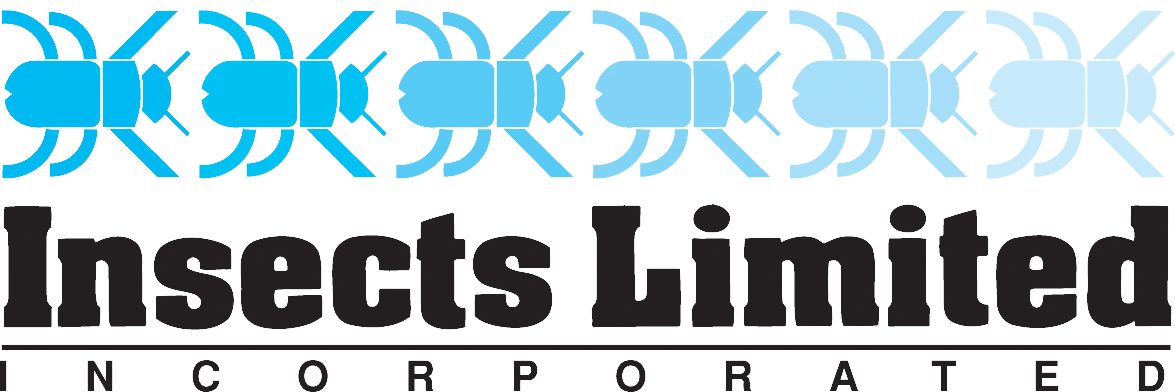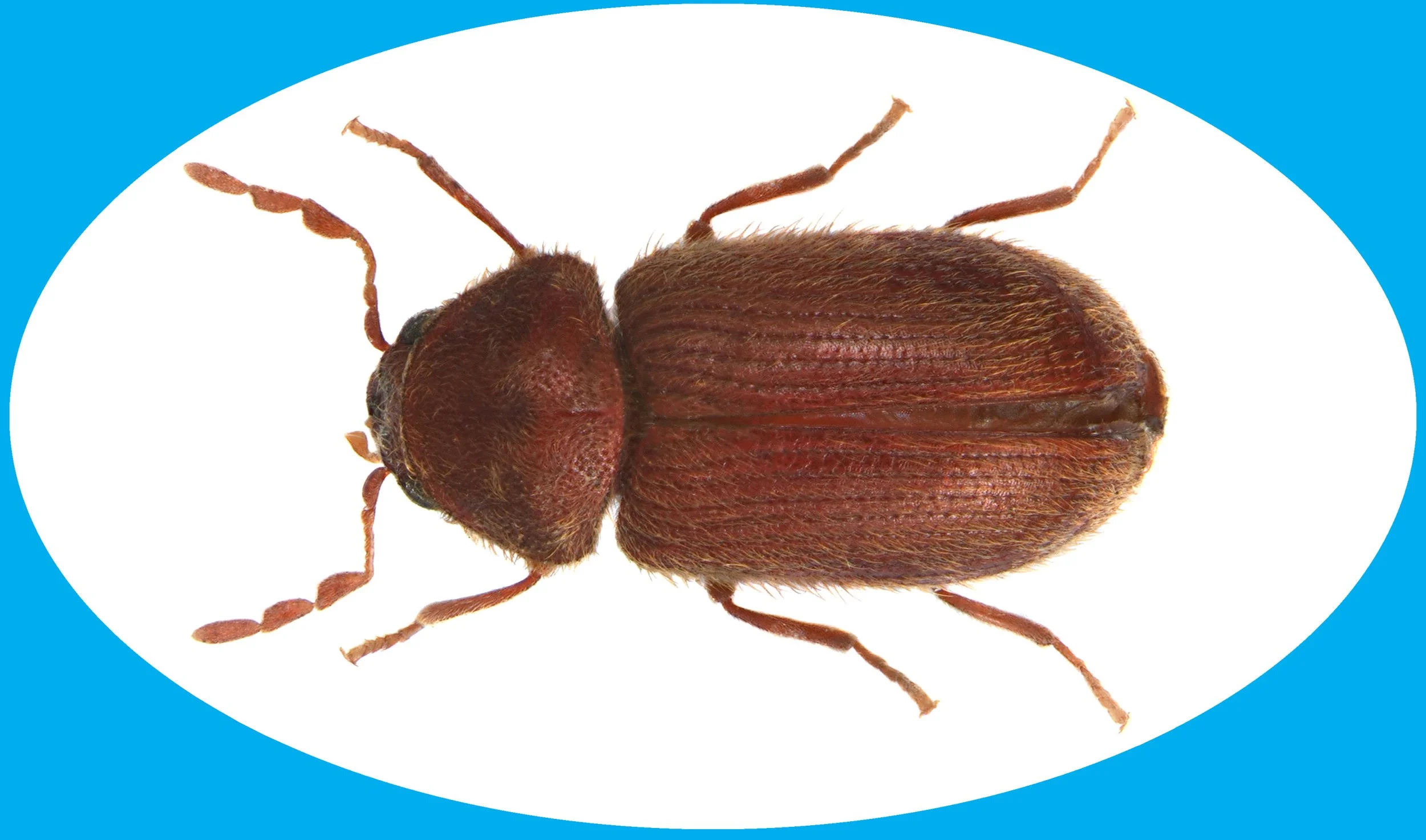5 Things to Know About the Drugstore Beetle
This month, we're spotlighting the Drugstore Beetle (Stegobium paniceum) — a common but often overlooked pest in stored product environments. These small reddish-brown beetles are known for their broad diet and ability to infest everything from flour to pharmaceuticals. Understanding their habits, life cycle, and signs of activity can help prevent product loss and costly infestations.
1. How Fast Do Drugstore Beetles Reproduce?
The drugstore beetle has a rapid life cycle, allowing for multiple generations per year in warm, humid conditions.
Egg to adult: 30-50 days (at ~86°F and 60–90% RH)
Multiple generations per year possible
Larvae develop inside the product, often unnoticed
Adults bore tiny, round exit holes upon emergence
The ability to reproduce quickly makes early detection critical.
2. Where Do Drugstore Beetles Come From?
True to their name, drugstore beetles are highly generalist feeders, known to infest a surprising range
of materials.
Spices, flour, grains, pasta, pet food
Herbal teas and dried plant material
Prescription drugs and over-the-counter medications
Books, leather, and museum collections
They can cause significant economic and product damage if left unchecked.
3. How to Identify Drugstore Beetles
Although small (2-3.5 mm), these beetles have distinct characteristics:
Reddish-brown color with a cylindrical, dusty-looking body
Fine hairs covering the wing covers
Key ID feature: 3-segmented, clubbed antennae
Often confused with the cigarette beetle, which has uniformly serrated antennae
Confirming species is essential to selecting the right management approach.
4. Signs of a Drugstore Beetle Infestation
Infestations often go unnoticed until adult beetles emerge. Look for:
Pin-sized round exit holes in packaging
Powdery debris or frass near infested products
Live adult beetles flying near stored goods
Unexplained product degradation or odor
Drugstore beetles are strong fliers and may be seen away from the source.
5. How to Monitor and Manage Drugstore Beetles
An integrated pest management (IPM) strategy is key to long-term management:
Inspect incoming shipments and rotate stock
Monitor with species-specific pheromone traps
Reduce humidity and maintain proper sanitation
Identify and discard infested materials
Seal cracks and crevices near storage areas
Manage Drugstore Beetles with Insects Limited Solutions
Need support with monitoring or identification? Explore our Drugstore Beetle Solutions or contact our team for expert guidance.
Insects Limited, an Insect Pheromone Company
Insects Limited, Inc. researches, tests, develops, manufactures and distributes pheromones and trapping systems for insects in a global marketplace. The highly qualified staff also can assist with consultation, areas of expert witness, training presentations and grant writing.
Insects Limited, Inc. specializes in a unique niche of pest control that provides mainstream products and services to protect stored food, grain, museum collections, tobacco, timber and fiber worldwide. Please take some time to view these products and services in our web store.


